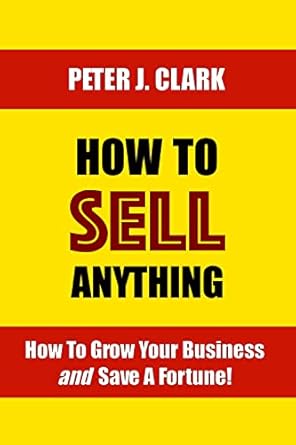Bundles essential to banking loyalty & profit
The most important customer acquisition strategy in financial services today is cross-selling, according to Tom O'Rourke, director of loyalty and relationship marketing for Dave Bocks & Associates, who recommends that financial institutions should follow the Wells Fargo 'checking bundles' model to build customer loyalty.
Bearing in mind that marketing journals have been talking about the benefits of cross-selling for decades, O'Rourke says he's amazed that financial institutions are still averaging only a 2.10 cross-sell ratio to new customers (according to a Forrester Research study in October 2011). So how does Wells Fargo boast a ratio that is more than double the industry average? O'Rourke suggests the following four stages:
- Understand the core of the problem
The majority of customers do not see visiting a bank as a beneficial or valuable experience. They want to go in, get their new checking accounts and debit cards, and get out as quickly as possible. Most have no interest in having a detailed conversation with "a banker". And in many instances, bankers are not all that interested in conversing with them - hence the dismal cross-sell ratio. As a result, 50%-60% of new customers end up leaving the bank within the first 12 months.In order to actively engage customers in the sales process, you must quickly articulate a compelling value proposition or they will scurry out the door. Getting consumers to open an account is only the first step in winning the long term relationship. But in order to do this, you need to assemble checking product packages - or "bundles" (e.g. a checking account plus three additional products or services) and provide some incremental, monetized value. That's how you ask them to give you more of their business.
In Wells Fargo's Q4 2011 earnings report, the bank says that 86% of all new customers purchase a package of products. Based on average cross-sell ratios in the financial industry, the average bank probably has no more than 10%-15% of new customers purchasing four or more products. You can see the phenomenal impact that moving from 10% up to 86% would have on your bottom line. Simply jumping from 15% to 30% can double your sales and profits.
- Duplicate what works
If Wells Fargo can do it, so can any other bank. The requirement of purchasing four or more products is the ideal place to start. This target represents a relatively small commitment from financial consumers, yet the retention difference between those with 4+ products versus those with just 1-3 products is astounding.It is paramount that customers understand the value of any bundled packages they are presented. Think about McDonald's with their Happy Meals and Value Meals. Customers purchase these bundles of 3-4 products because they feel like they are getting a deal compared to purchasing each item individually.
Creating your checking packages should be as easy as pulling 4-5 database reports related: product penetration, onboarding cross-sell, customer retention, and profitability. It could take no more than a few hours analysing these reports before you determine your package mix and how to quantify the consumer value proposition in monetary terms.
- Merchandise and market your new value proposition
Provide sales support, merchandising, point-of-sale, lapel stickers, and communication materials that generate customer interest and make it easy to understand the benefits and value of the bundles. You will find new customers much more engaged in the sales process as they actively seek out the package best for them. This results in more engaged, productive, and successful bankers - and of course bigger sales and profits. - Create an accountable, package-selling culture
Applying a package approach should be relatively easy to do, especially if you are profiling customers with an assessment of their needs during the sales process. Front line staff can easily grasp the bundle strategy and see its value, both to the organisation and to consumers. It's intuitive, resulting in fewer 'coaching moments' and more 'well dones'."Of course, for this to work you must establish clearly defined, measurable goals. Here's a reasonable place to start: Take the percentage of new customers acquiring 4+ products in their first 12 months, and double it, then make that your goal.
Take this example: Before bundled packaging: Bank XYZ opens 25,000 new checking accounts annually. Some 15% of those are opened with three additional products, with an average profit per product of US$40. 3,750 DDA's x 4 products x US$40 = 15,000 sales and US$600K profits. After bundled packaging, however, 30% of checking accounts are opened with three additional products with an average profit proxy of US$40. 7,500 DDA's x 4 products X US$40 = 30,000 sales and US$1.2 million in profits. As you can see, engaging customers leads to mutually beneficial conversations, which in turn lead to significant increases in sales, profits and customer retention.
Sources: Dave Bocks & Associates Marketing / The Marketing Factbook.
Copyright © 2012 - 2025 The Marketing Factbook.
Categorised as:
- Customer Experience
- Customer Loyalty
- Knowing The Customer
- Marketing Know-How
- Marketing Technology
